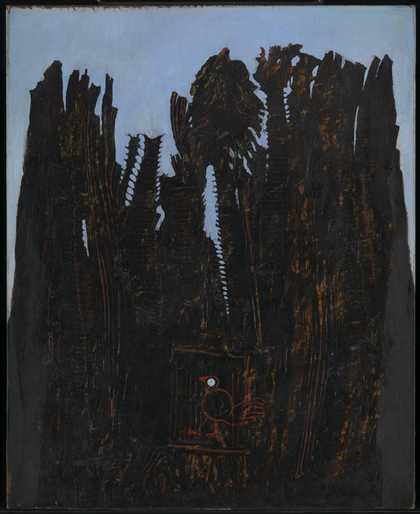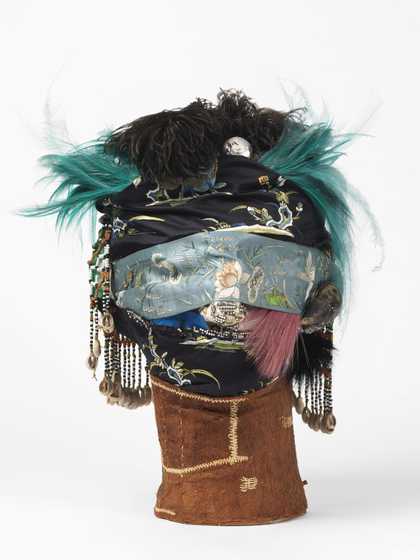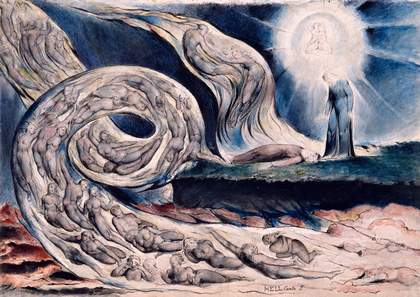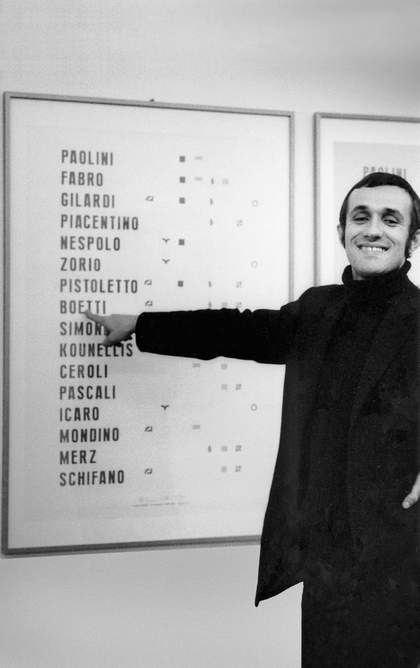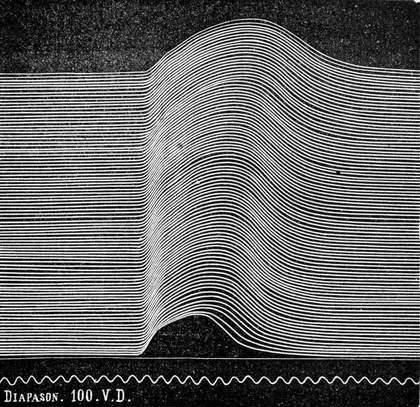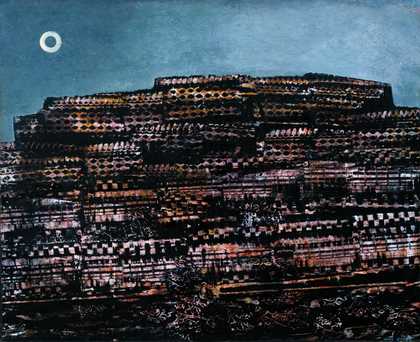
Max Ernst
The Entire City (1934)
Tate
The technique was developed by Max Ernst in drawings made from 1925. Frottage is the French word for rubbing. Ernst was inspired by an ancient wooden floor where the grain of the planks had been accentuated by many years of scrubbing. The patterns of the graining suggested strange images to him. From 1925 he captured these by laying sheets of paper on the floor and then rubbing over them with a soft pencil. The results suggest mysterious forests peopled with bird-like creatures and Ernst published a collection of these drawings in 1926 titled Histoire Naturelle (natural history).
He went on to use a wide range of textured surfaces and quickly adapted the technique to oil painting, calling it grattage (scraping). In grattage the canvas is prepared with a layer or more of paint then laid over the textured object which is then scraped over. In Ernst’s Forest and Dove the trees appear to have been created by scraping over the backbone of a fish.

